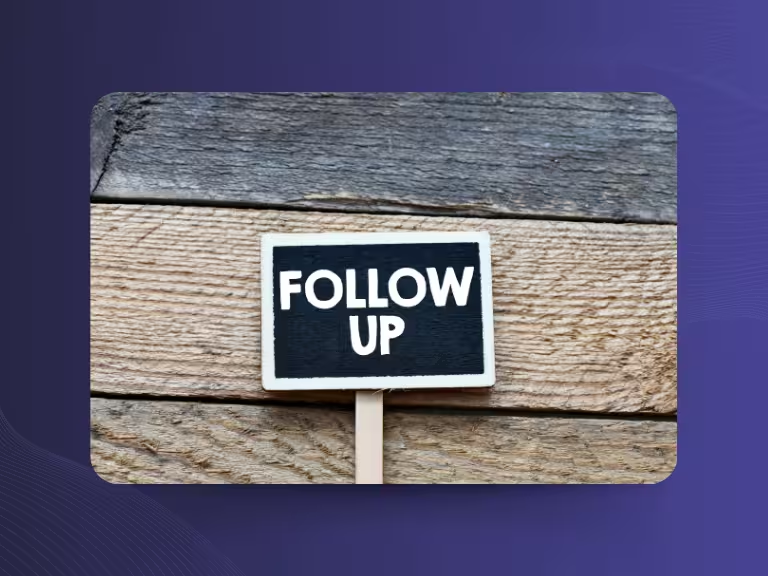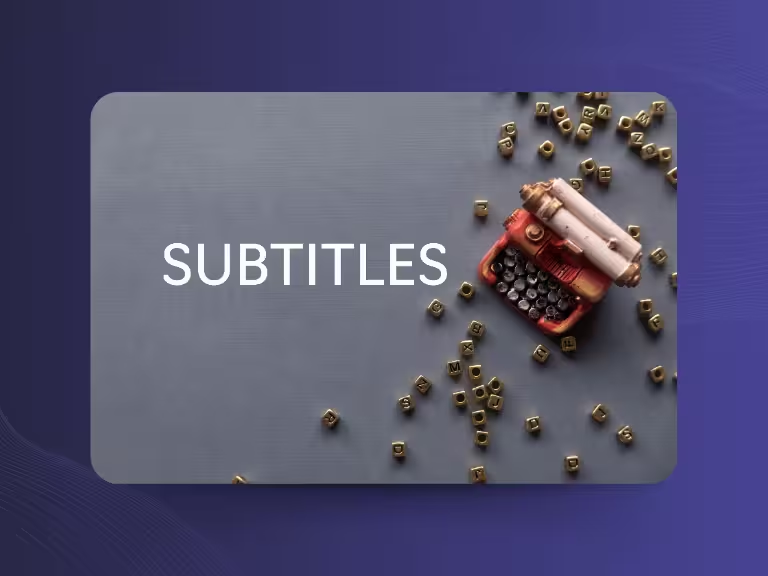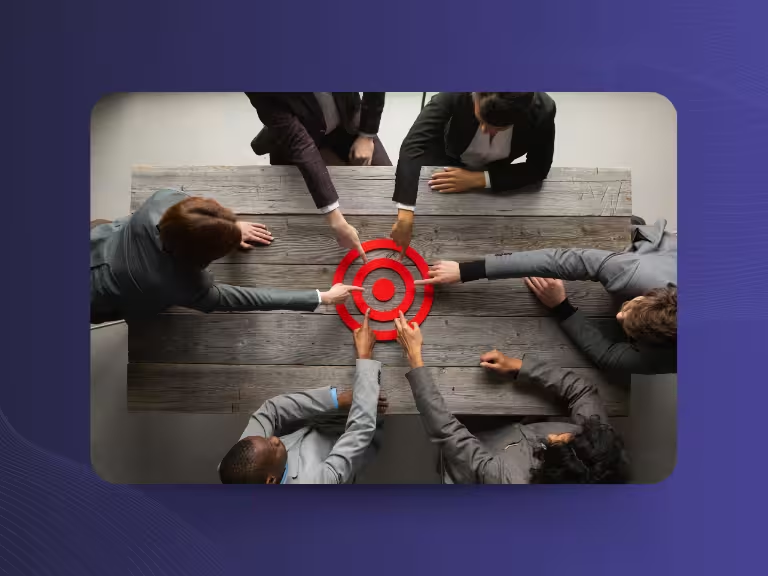Do you know this feeling? A meeting ends, all participants leave the room or exit the video conference – and just a few hours later, the most important insights and decisions have already become blurred. Without professional meeting follow-up, even the best discussions and most innovative ideas lose their impact.
The reality in many companies shows: unclear task distribution, lack of decision tracking, and absence of structured documentation lead to significant time loss and team frustration. But there's a better way.
In this article, you'll learn how to properly follow up on meetings – with practical strategies, modern tools, and proven methods for cultural development. Whether you're a team leader, project manager, or simply someone who wants to improve meeting efficiency: these tips will sustainably improve your collaboration.
Why is meeting follow-up so important?
Efficiency loss without clear follow-up
The numbers speak clearly: According to the Harvard Business Review, up to 50% of meeting time is wasted when results aren't clearly documented or responsibilities aren't defined. This means not only enormous time loss, but also negative impacts on project progress and team motivation.
When to-dos remain unclear and decisions aren't documented in a traceable way, misunderstandings and duplicate work arise. Teams lose confidence in the effectiveness of their meetings and motivation drops noticeably. A Forbes report from 2023 shows the opposite: teams that define clear next steps immediately after meetings report 30% higher goal achievement rates and improved team motivation.
The role of follow-up in meeting culture
Professional meeting follow-up is more than just an administrative task – it develops into a central team routine. Management expert Patrick Lencioni puts it perfectly: "A meeting is a concrete embodiment of a team's culture and effectiveness. The follow-up defines whether the team moves forward or stalls."
Thoughtful follow-up creates transparency, promotes accountability, and enables continuous learning. It connects the discussion in the meeting with practical implementation in daily work, turning abstract ideas into concrete results.
Trends and technological developments
Digitalization has also revolutionized meeting efficiency. A McKinsey survey shows that 70% of teams now use digital tools like Microsoft Teams, Slack, or specialized meeting apps for follow-up. This development is driven by the increasing importance of automated recording and intelligent reminder systems.
Modern AI-based tools can automatically record meetings, transcribe them, and even extract key points. However, technology experts warn: "Automated protocols and reminders save time and prevent information loss – but human control must be maintained to properly set context and priorities."
The key steps – properly following up on meetings
1. Immediate and clear task distribution
The first and most important step happens during the meeting itself: meeting task distribution. Define directly after each discussion who takes on which task by when. Use the proven SMART criteria:
- Specific
- Measurable
- Attainable
- Relevant
- Time-bound
Instead of saying "We need to handle the customer inquiry," you should record: "Maria will create a solution proposal for customer XY's inquiry by Thursday, 3 PM, coordinating with the tech team."

2. Structured and accessible documentation
A well-thought-out meeting protocol is the foundation of successful follow-up. Document not only decisions, but also open questions, controversial discussion points, and agreed next steps. Use digital tools like OneNote, Confluence, or specialized apps like Fellow and Docket to ensure all team members have access to the information.
Make sure your documentation is structured and searchable. Use consistent categories like "Decisions," "Tasks," "Open Points," and "Next Steps." This way, even colleagues who didn't attend the meeting can quickly get an overview.
3. Summary at the end of the meeting
Before the meeting ends, take five minutes for a brief, concise summary. Summarize the most important key points, decisions made, and agreed next steps. This summary serves as a reality check and gives all participants the opportunity for final questions and clarifications.
This practice significantly reduces misunderstandings and ensures that all participants truly leave the meeting with the same understanding.
4. Long-term follow-up
Long-term tracking of meeting results determines the sustainable success of your meetings. Implement a tracking system that goes beyond simple to-do lists. Tools like Trello, Jira, or integrated project management software help track task progress and plan status updates.
Schedule regular follow-ups – whether through brief check-ins via email, in weekly status meetings, or through automated reminders. This ensures that agreed measures aren't forgotten.
5. Establishing a sustainable meeting culture
Actively communicate the importance of follow-up to the team and make it a fixed part of the meeting process. A sustainable meeting culture doesn't emerge on its own – it must be consciously promoted and modeled.
Encourage all team members to actively participate in follow-up. Everyone should understand that follow-up isn't just the meeting leader's task, but a shared responsibility.
6. Implementing feedback loops
Continuous improvement requires structured meeting feedback. Regularly collect feedback on meeting quality and follow-up effectiveness. Use brief surveys, retrospectives, or simple rating systems to identify improvement opportunities.
Ask questions like: "Were the tasks clearly enough defined?", "Did the documentation capture all important points?", or "How can we improve follow-up?" These feedback loops help continuously optimize processes.
Role and responsibility management in follow-up
Clear role definition
Successful meeting follow-up requires clear roles and responsibilities. Distinguish between task responsibility – who executes the task – and monitoring function – who controls progress and adjusts when needed.
The meeting moderation role should seamlessly integrate with follow-up. Often it makes sense for the moderator to also take initial responsibility for follow-up to ensure continuity.

Responsibilities for sustainable results
Beyond task distribution, you should explicitly name people who will monitor implementation and course-correct when needed. This monitoring function is particularly important for complex or long-term tasks.
Find the right balance between delegation and follow-up. Too much control can be demotivating, too little leads to unfinished tasks. Clear expectations and agreed check-in appointments create clarity for all involved.
Technological tools for efficient meeting follow-up
Digital tools and their benefits
Modern digital meeting tools offer much more than just video conferences. They include automatic recording, intelligent task linking, and proactive reminders. From classic note-taking tools to specialized meeting apps – the selection is large and diverse.
When selecting tools, look for features like automatic transcription, integration with existing systems, and the ability to create and track tasks directly from meetings. These features can significantly increase follow-up efficiency.
Tool example: Sally – A modern AI meeting assistant
An excellent example of modern meeting technology is Sally, a GDPR-compliant AI meeting assistant. Sally automatically joins meetings (Zoom, Google Meet, MS Teams), records them, and creates precise transcriptions in multiple languages.
Particularly valuable is Sally's ability to integrate with existing systems – with over 8000 available platforms, including CRM and project management tools, seamless documentation and task tracking is enabled. Automatic summarization of key points saves time and ensures no important information is lost.
Best practices for meaningful use
Despite all technology, human control remains indispensable. Use AI tools like Sally for basic documentation and transcription, but review and supplement results with context and priorities. Automated summaries are an excellent starting point, but don't replace targeted preparation for your specific team.
Ensure that new tools integrate seamlessly into existing workflows. The best AI assistant is useless if results can't be transferred to familiar project management tools. Test tools in smaller meetings first before rolling them out company-wide.
Summary and outlook – How to make meetings truly effective
Professional meeting follow-up is the crucial factor that transforms routine discussions into productive drivers of collaboration. Clear task distribution, structured documentation, and continuous follow-up form the foundation of effective meeting culture.
Particularly important is establishing sustainable processes: properly following up on meetings means not just writing a protocol once, but creating a culture of accountability and continuous improvement. Feedback mechanisms and clear role definitions ensure this culture has long-term staying power.
Strategic use of digital tools – from simple note-taking apps to AI-powered assistants like Sally – significantly eases processes, but doesn't replace human attention to context and priorities.
The future belongs to meetings that function as dynamic, productive engines of collaboration. This transformation begins with consistent follow-up. Start today: define clear responsibilities, establish structured documentation, and use available technological aids. Your team will quickly feel the difference – in the form of higher productivity, better results, and increased motivation.

Test Meeting Transcription now!
We'll help you set everything up - just contact us via the form.
Test NowOr: Arrange a Demo Appointment



